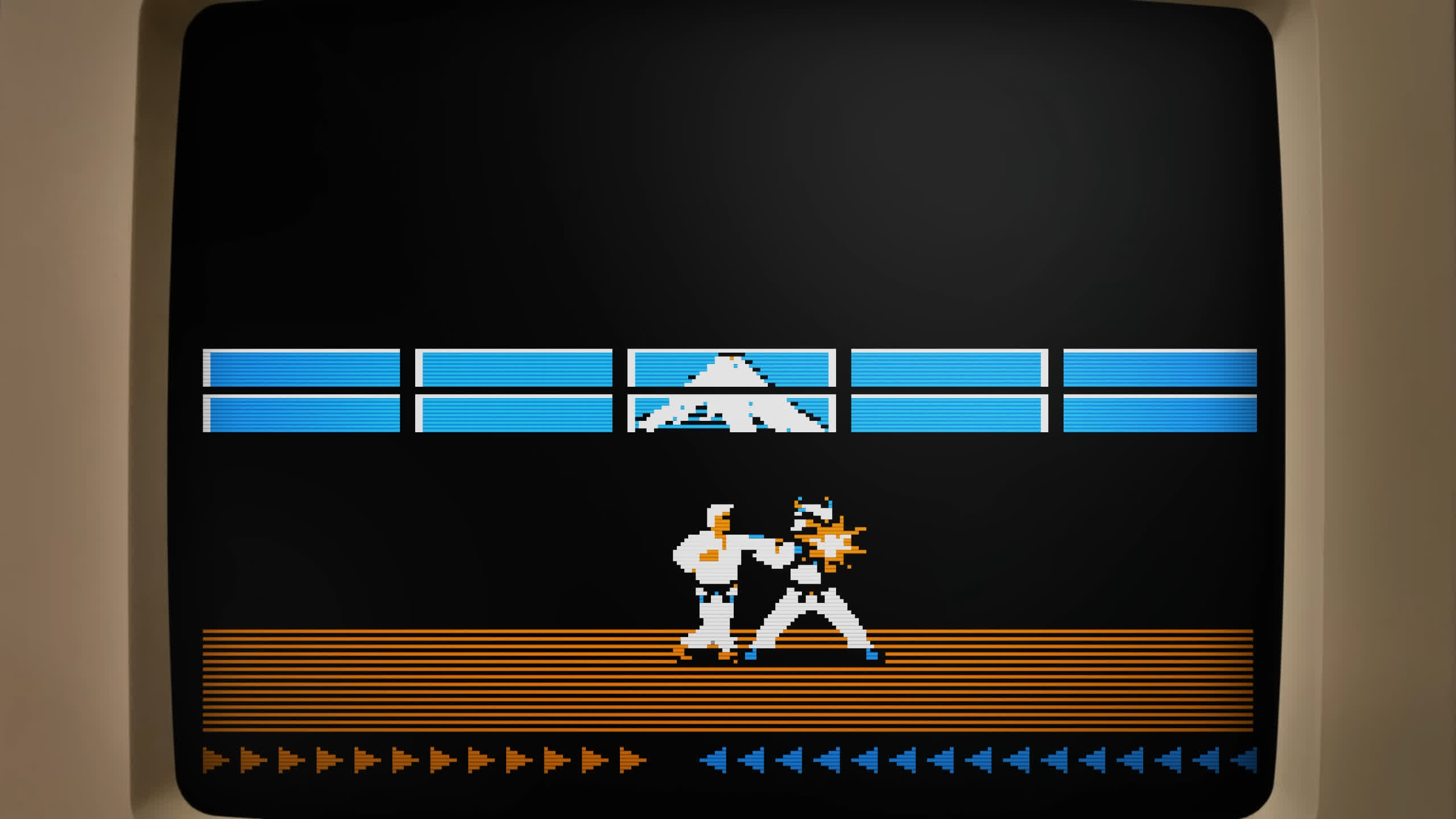In context: Jordan Mechner, the legendary game designer who created Prince of Persia, also brought about an entirely new way to tell interactive stories. Before Prince of Persia, Mechner crafted Karateka, a game with a story that deserves its own documentary.

Video game developer Digital Eclipse is making a documentary about Karateka, Jordan Mechner's first proper gaming venture that was originally released on the Apple II home computer in 1984. Karateka is, by definition, a martial arts action game, which according to Digital Eclipse made massive leaps in animation, music, and cinematic storytelling.
The Making of Karateka documentary is the first production in the Gold Master Series, a new line of independent, self-published games best described as "interactive documentaries." Players and fans will have to chance to explore the creation of the game, its makers, and everything in between through a lavish collection of photos, audios, interviews and other "digital artifacts."
The interactive part of these Gold Master documentaries are the games themselves, which will be accessible in all their original glory on modern platforms including consoles and PC. The Making of Karateka will include the finished retail version of Karateka, but it will also give gamers the chance to play "several unfinished prototypes" including the one Mechner pitched to publishers.
Furthermore, the package will also include prototypes of Deathbounce, an arcade shooter Mechner tried to create before Karateka, plus an updated version of the 1984 game simply known as Karateka Remastered.
Thanks to the trove of interviews, information and interactive experiences included in The Making of Karateka, Digital Eclipse promises gamers the opportunity to get to know the "real" Jordan Mechner, beyond his reputation as one of the most legendary and recognizable video game designers. Francis Mechner, Jordan's father and one of the "unsung heroes" of video game history, will also play a role in the documentary.
After being converted for every possible gaming platform released in the past 30 years, Karateka sold at least 500,000 copies by 2000. Original reviews hailed the game as a "breakthrough" in the business, a production where art "merges with technology" to produce a game with cinematic qualities the likes of which were never seen before (Hardcore Computist, 1985).
The Making of Karateka will be available on Xbox, PlayStation, Switch and PC, where gamers will also have the chance to purchase a DRM-free version via GOG.com. Digital Eclipse has previously developed another interactive documentary, titled Atari 50, which focused on the history of Atari.